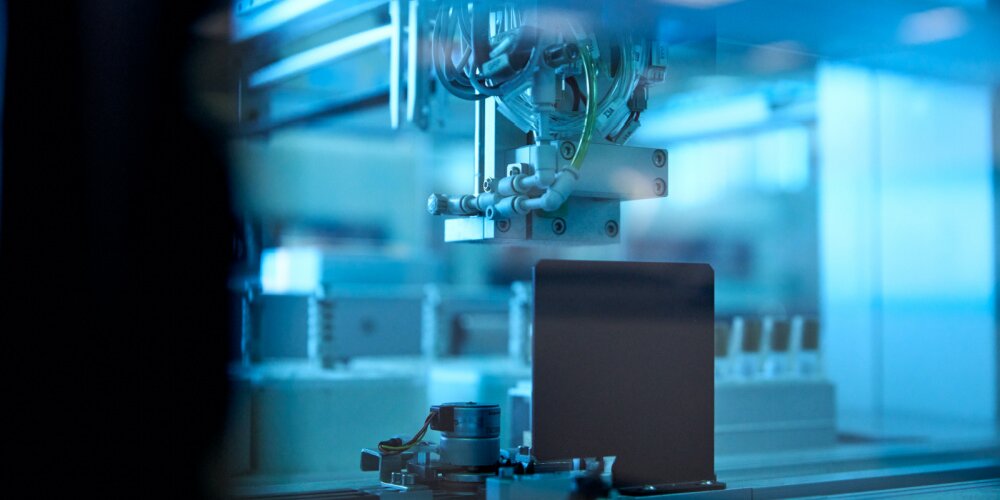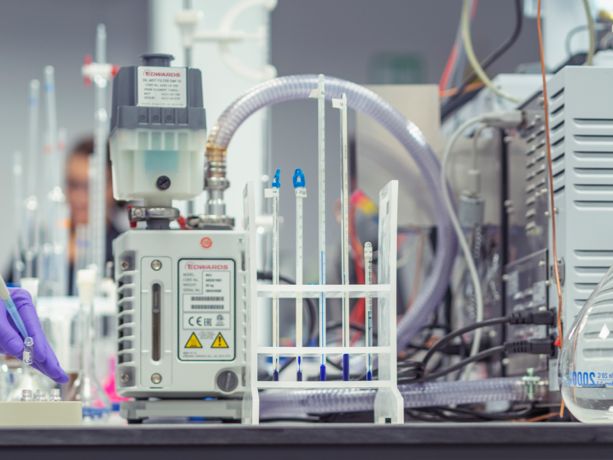Researchers Observe 'Self-Healing' Metals

A research team from the Sandia National Laboratories and Texas A&M University have - for the first time ever - witnessed pieces of metal crack, and then fuse back together without any human intervention. The observation overturns several fundamental scientific theories.
Commenting on the observation, Brad Boyce, who is a materials scientist at Sandia, said:
“This was absolutely stunning to watch first hand. What we have confirmed is that metals have their own intrinsic, natural ability to heal themselves, at least in the case of fatigue damage at the nanoscale”.
If this observed phenomenon could be harnessed, it could have a transformative impact upon engineering in general.
As Boyd explains, “From solder joints in our electronic devices to our vehicles’ engines to the bridges that we drive over, these structures often fail unpredictably due to cyclic loading that leads to crack initiation and eventual fracture.
When they do fail, we have to contend with replacement costs, lost time and, in some cases, even injuries or loss of life. The economic impact of these failures is measured in hundreds of billions of dollars every year for the U.S.”
The observation goes against established expectations; “cracks in metal were only ever expected to get bigger, not smaller. Even some of the basic equations we use to describe crack growth preclude the possibility of such healing processes”, said Boyce.
Whilst the observation is certainly a ‘breakthrough’ moment in materials science, much remains unknown about the self-healing process. Most importantly for industry, it is unknown if this ‘self-healing’ can be a practical tool in a manufacturing setting.
It is expected that much research will now be undertaken to see if this self-healing can be practically applied. “The extent to which findings are generalisable will likely become a subject of extensive research. We show this happening in nanocrystalline metals in vacuum. But we don’t know if this can also be induced in conventional metals in air”, said Boyce.
Material failure investigation services
Are you dealing with the failure of a material? Do you need to establish how and why it has failed?
Then choose The Lab to conduct an investigation on your behalf.
Our experienced scientists have an acute understanding of the mechanisms of component failure. As such, we are able to provide specialist forensic engineering and failure investigations that get you the evidence-based answers you need.
Find out more about The Lab’s material failure investigation services now
For more materials science, materials testing and inspection news and insights, explore The Lab’s News and Knowledge Hub…
Researchers Discover the World’s Toughest Material | Is It Possible to Create Carbon-Neutral Steel? | New Treatment Could See Steel Alloys Become Both Stronger and More Flexible
- Date
- 28/07/2023
